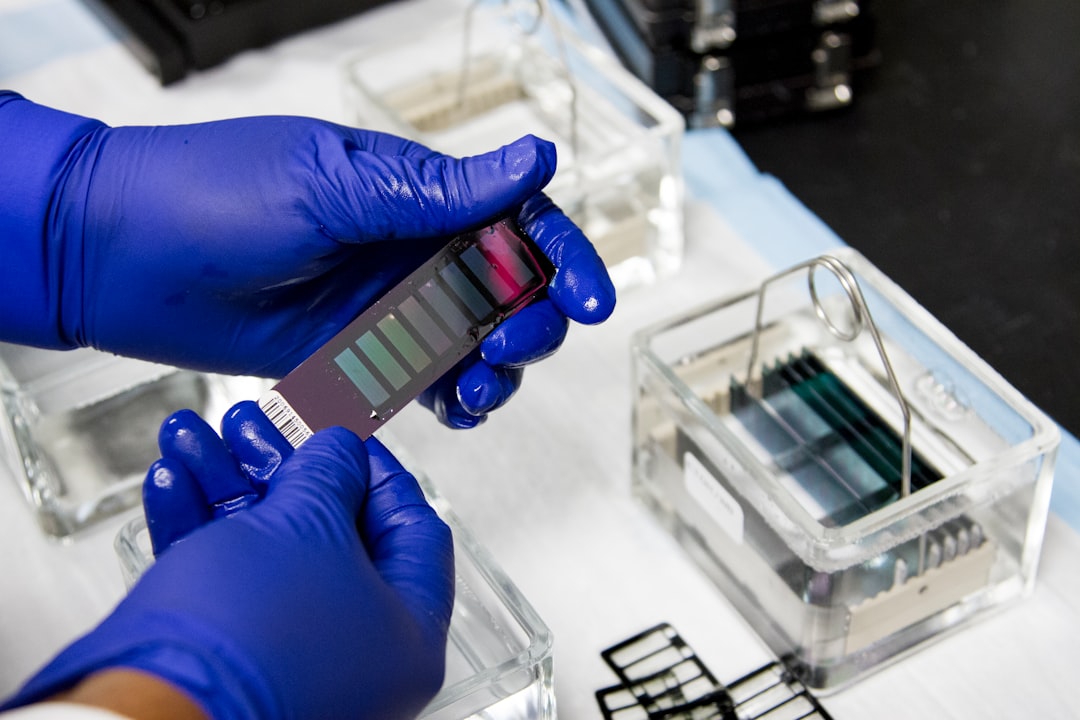What is it about?
This paper addresses a fundamental misunderstanding about the body segmentation of mites. The bodies of mites have traditionally been divided up into two main regions or tagmata, namely the opisthosoma (limbless region) and prosoma (limb bearing region). A close examination of the mite, Proteonematalycus wagneri, shows that what acarologists have thought to be the opisthosoma is in fact a region that also includes part of the prosoma.
Featured Image

Photo by Егор Камелев on Unsplash
Why is it important?
Mites were traditionally thought to have a very unusually formed metapodosoma, which is the posterior part of the prosoma (limb bearing region). Accordingly, the metapodosoma is tucked beneath the opisthosoma, so that there is no part of it that is visible on the dorsal surface of the mite. Based on this new interpretation, the metapodosoma of Acariformes (one of the two main lineages of mites) is no different from any other arachnid. There is also no good evidence of this modification in any other mite. Therefore, there is no good reason to consider that the bodies of mites are very different from other arachnids, which contradicts the traditional view of mites. The paper also includes a new model of the body segmentation of mites and all other arachnids.
Perspectives
Writing this article was a very rewarding experience. I hope the paper is found to be useful by other mite and arachnid morphologists.
Dr Samuel J Bolton
Read the Original
This page is a summary of: Proteonematalycus wagneri Kethley reveals where the opisthosoma begins in acariform mites, PLoS ONE, February 2022, PLOS,
DOI: 10.1371/journal.pone.0264358.
You can read the full text:
Resources
Contributors
The following have contributed to this page










